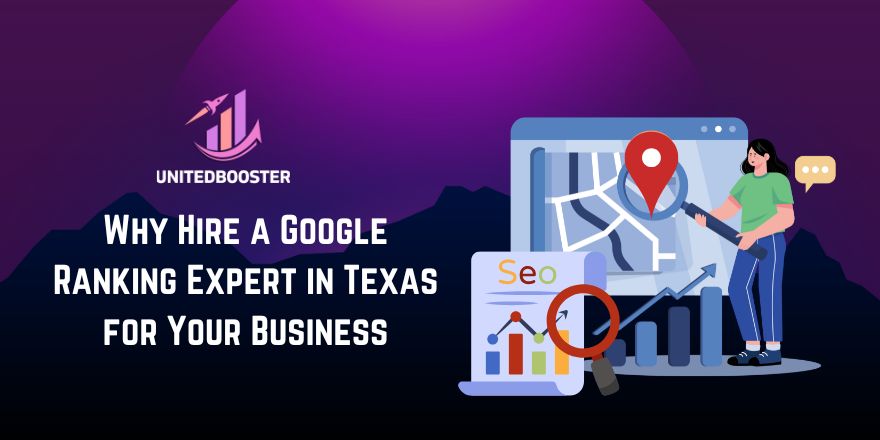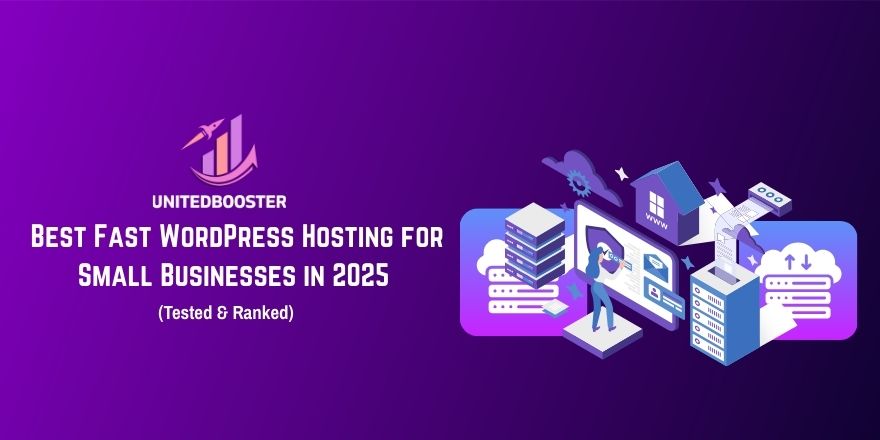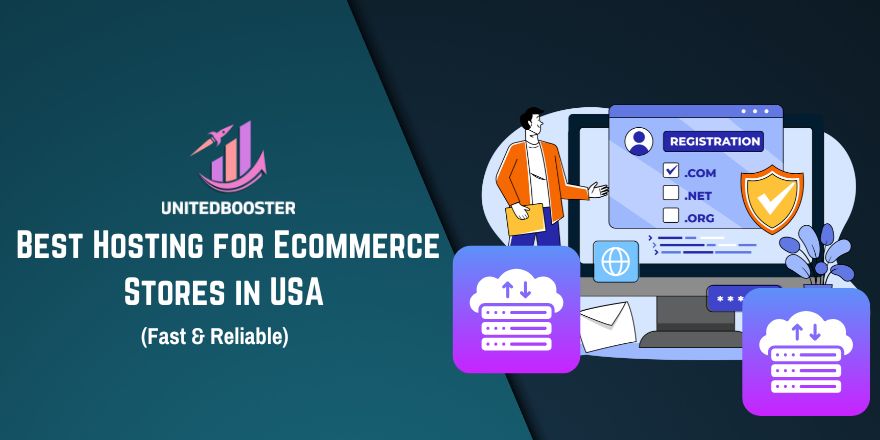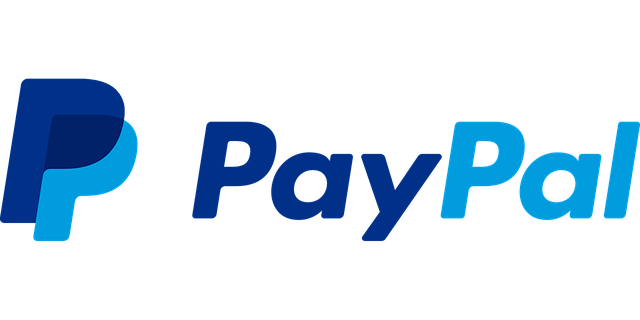Picture this: your phone’s buzzing with customers begging for your services. How? Build a website that gets customers It’s like a tireless worker snagging clients while you’re unclogging drains or rewiring lights. I’m spilling all the secrets to make your service business shine online.
How do you whip up a website that pulls in customers? Grab a tool like Wix, make it look sharp, add easy contact buttons, and toss in local SEO to pop up on Google. This guide’s got you covered, step by step, no tech degree needed. Let’s roll!
Step 1: Define Your Business Goals and Target Audience
Before you mess with website stuff, know what you’re chasing. Want more calls for quick fixes? Or bookings for big jobs? Clear goals keep you from building a digital dud.
Think about your customers next. Plumbers deal with folks panicking over leaky pipes. Picture them: stressed, searching “fix my toilet” at 2 a.m. Knowing their worries helps your site hit home.
Say you’re a landscaper. Your goal might be weekly yard makeovers. Your crowd? Homeowners craving a lush lawn. Write it down: “Goal: 10 bookings. Audience: Local homeowners, 30-50.”
Not sure where to begin? Pretend you’re a customer. What makes you trust a cleaner? That’s your website’s vibe.
Keep it dead simple. A confusing site’s like a soggy sandwich—nobody wants it. List three things you rock at. That’s your starting point.
Oh, and don’t stress. This isn’t brain surgery. It’s just planning with a side of coffee. Ready for the next bit?
Step 2: Choose the Right Platform for Your Website
Building a website sounds scary, but it’s easier than untangling Christmas lights. You just need a solid platform. Think of it as your site’s backbone. Pick wisely, and you’re golden.
Wix is super easy. Drag stuff around like rearranging your toolbox. Squarespace? It’s got snazzy designs for showing off your work. WordPress is the boss but needs more brainpower.
Service folks need booking forms or “Call Now” buttons. WordPress with plugins like Bookly nails this. Wix and Squarespace also let clients book fast. Perfect for plumbers or painters.
Here’s the scoop: Wix costs about $16 a month, great for newbies. Squarespace runs $12, looks pro. WordPress is free, but hosting’s $3-ish with Bluehost. Choose what fits your wallet.
Don’t overthink it. Just pick one and tinker. It’s like choosing a pizza topping—you can tweak it later. Avoid free platforms with annoying ads, though.
I saw a cleaner’s site once, covered in pop-ups for random junk. Total rookie move! Stick with trusted names like Wix. Your site will scream “pro” instead of “oops.”
Laugh if you want, but a bad platform’s like a leaky bucket. It won’t hold customers. Let’s make your site look awesome next.
If you need expert help with this process, explore our website development services to ensure your site is fast, modern, and fully optimized for your audience.
Step 3: Design a Professional, Customer-Friendly Website
Your website’s like your shop’s front door. If it’s messy, folks bolt faster than kids dodging chores. A clean design builds trust. Trust means more calls.
Make it phone-friendly first. Most customers search “roofer near me” while juggling life. A mobile site lets them call you easy. Wix handles this automatically, but check it.
Navigation’s gotta be simple. Stick to Home, Services, About, Contact, and Testimonials. Don’t make people dig for info. Clear menus are like a warm handshake.
Branding’s a big deal. Use your logo and colors. Show real photos of your jobs, like a sparkling kitchen you cleaned. No goofy fonts—keep it classy.
Trust signals are your secret sauce. Got a license? Show it off. Customer reviews or “5-Star Rated” badges make people relax. It’s like saying, “I’ve got this.”
Here’s a fun trick: Add a team photo. People love seeing who’s fixing their pipes. Just skip the blurry picnic snaps. Keep it sharp.
Test your site like a customer. Click every link. If it’s wonky, fix it fast. A smooth site’s like a trusty hammer—it just works.
One time, I clicked a painter’s “Contact” button, and it went nowhere. Don’t be that guy! Nail the design, and customers will stick around.
Step 4: Create Content That Converts
Content’s your website’s voice. It convinces folks to call you instead of the next guy. Good content’s clear and friendly. It screams, “Hire me!”
Your homepage needs to shine. Say what you do and why you’re great. A carpenter might write, “Building Custom Decks in [City]—Call Today!” Add a big “Get a Quote” button.
Service pages get specific. For “Emergency Electrical,” list what you fix, rough costs, and a booking form. Make it easy-peasy. Even kids could figure it out.
The About page is for bragging. Share why you started your business. Maybe you’re a plumber who’s fixed 1,000 sinks. Customers eat that up.
Want to boost your online visibility? Don’t miss our in-depth guide on How to Rank Higher on Google — A Real-World Guide That Actually Works
Calls to Action are your cheerleaders. “Book Now” or “Call Today” buttons nudge people to act. Sprinkle them around, but don’t overdo it. Nobody likes a pushy vibe.
Try this: Offer a free “Home Safety Checklist” for email signups. It’s like tossing out free cookies—people grab it. You get their info. Win-win!
Don’t sound like a robot. Write like you’re chatting over coffee. Read your stuff out loud. If it’s dull, add a joke.
I once read a site so boring, I nodded off. Don’t do that! Keep it fun, and your content will turn clicks into cash.
Step 5: Optimize for Local SEO
Local SEO’s your ticket to shine when someone searches “cleaner in [City].” It’s like a billboard on Google’s front page. Skip it, and you’re invisible. Let’s fix that.
Grab a Google Business Profile. It’s free and controls what shows up in searches. Add your name, address, and hours. Toss in photos of your work truck for flair.
Use local keywords on your site. If you’re an electrician in Miami, sprinkle “Miami electrical repairs” in your text. Don’t go crazy, though. Keep it smooth.
Your name, address, and phone number gotta match everywhere. Same on your site, Google, and Yelp. If they don’t, Google gets grumpy. You’ll sink in rankings.
List your business on sites like Yelp or Angi. They’re like online directories for services. More listings mean Google trusts you more. Skip the sketchy ones, though.
Technical stuff matters. Your site needs to load fast and be secure (HTTPS). Check with GTmetrix—it’s free. Slow sites lose customers.
I saw a roofer’s site once with a fake address. Google sniffed it out! Keep your info legit. You’ll climb those search results.
Local SEO’s not hard. It’s just a few steps to make Google love you. Do it right, and customers will find you.
Step 6: Drive Traffic with Marketing Strategies
Your website’s live, but it won’t magically get visitors. You gotta spread the word, like yelling about a yard sale. Marketing pulls in the crowd. Here’s the plan.
Start a blog. Write about customer problems, like “How to Spot a Clogged Drain.” It ranks on Google and shows you’re a pro. Plus, it’s kinda fun.
Social media’s a goldmine. Post job photos on Facebook or Instagram. Before-and-after shots of a painted room? People love that. Join local groups, but don’t spam.
Email marketing’s sneaky good. Collect emails with a freebie, like a “Roof Maintenance Guide.” Send monthly tips or deals. It’s like texting a buddy.
Paid ads can help. Google Ads put you at the top of searches. Facebook Ads target local homeowners. Start with $50 and test it out.
Offline works too. Slap your website on business cards or your van. I hired a plumber once ‘cause his truck’s URL looked legit. True story!
Stay consistent. Post or email weekly. It’s like feeding a pet—skip it, and it flops. Keep going, and your site will hum.
One time, a landscaper posted daily lawn tips on Nextdoor. Bookings went nuts! Be that guy, and watch the customers roll in.
Step 7: Capture and Convert Leads
Visitors are cool, but you want paying customers. Lead capture’s like setting a friendly net to grab them. Turn browsers into buyers. Let’s do this.
Add contact forms everywhere. A “Request a Quote” form with name, phone, and service fields is perfect. Keep it short. Nobody wants a quiz.
Click-to-call buttons rock for phones. If someone’s got a busted pipe, they wanna call now. A “Call Now” button dials you instantly. Test it first.
Live chat’s a winner. Tools like Tawk.to let you talk to visitors live. Answer “Can you fix my heater?” and boom—customer hooked. It’s like magic.
Follow up fast. If someone submits a form, call or email within a day. Use Mailchimp for auto-emails to stay in touch. It’s like leaving a friendly note.
Don’t make forms crazy. I saw one ask for my favorite color to book a repair. Keep it simple. More leads, less hassle.
Track what works. If your “Book Now” button gets clicks, add more. It’s like fishing—use the bait that works. Your site will rake in leads.
Funny tip: Don’t hide your contact info. I once spent 10 minutes finding a painter’s number. Be obvious, and customers will love you.
Step 8: Track Performance and Improve
Your site’s up, but is it working? Tracking’s like checking your tools before a job. You gotta know what’s clicking. Let’s keep it tight.
Get Google Analytics. It’s free and shows who visits, what they click, and where they come from. Maybe 50 people hit your “Plumbing Services” page. Only 3 called? Fix that button.
Google Search Console’s another freebie. It shows search terms bringing folks to you. If “emergency roofer [City]” is hot, write more about it. It’s like a customer wishlist.
Check bounce rate. That’s how many people leave quick. High rate? Your site’s boring or slow. Simplify it or speed it up.
Try A/B testing. Make two versions of a button—green vs. red. See which gets more clicks. It’s like picking the tastiest burger.
Ask customers what they think. A quick “Is our site easy?” survey helps. If they say it’s clunky, tweak it. Happy clients talk.
I found a site once where the “Contact” link was broken. Total facepalm! Test your site weekly. It’s like tuning a guitar.
Keep tweaking. A great site’s never done. Check stats, test buttons, and ask for feedback. Your site will keep getting better.
Common Mistakes to Avoid
Nobody’s perfect, but some website goofs scare customers away. Let’s dodge these traps to keep your site friendly. Think of it as your “don’t do this” cheat sheet.
Don’t skip mobile. If your site’s a mess on phones, you’re losing tons of clients. Test it on your phone. Fix anything funky.
Generic designs are a snooze. A plain template without your logo looks like a knockoff. Add your style. Make it yours.
Ignoring local SEO’s a mistake. Google won’t show you for “painter in [City]” without it. Add your city everywhere. Get on Google’s radar.
Clutter’s a killer. Too many pop-ups or wild colors annoy people. Keep it clean and simple. Customers want help, not chaos.
No trust signals? Big oops. Without reviews or badges, folks won’t trust you. Add a “Licensed” note or customer quote. It’s like a high-five.
I saw a site with zero contact info once. Felt like a ghost town! Don’t hide—be open, and customers will stick.
Tools and Resources for Service Providers
You don’t need to be a tech nerd to build a website. Awesome tools make it a breeze. Here’s your go-to list. Let’s get you set up.
Hosting’s your site’s home. Bluehost or SiteGround are solid, starting at $3 a month. They keep your site fast and online. Grab one with good support.
Canva’s great for design. Make a logo or banners for free. Unsplash has free photos of tools or houses. Skip blurry pics, though.
SEO tools boost your rank. Yoast SEO for WordPress helps with keywords. Google Keyword Planner shows what folks search, like “best electrician [City].” Both are free.
For leads, Mailchimp sends emails to keep clients close. Tawk.to adds free live chat. Answer questions live, and you’re the hero. No coffee breaks needed.
Need help? Upwork or Fiverr has designers or SEO pros for cheap. Check reviews to avoid duds. I hired a guy once who botched my logo—lesson learned!
These tools are your buddies. Pick what you can afford. Start small, and you’ll have a site that grabs customers like candy grabs kids.
Ready to turn your website into a client-magnet?
Ready to turn your website into a client-magnet? Check out United Booster! They make it easy to build a stunning website that attracts and converts leads. With easy-to-use tools, SEO features, and custom designs, you’ll have everything you need to grow your business and boost your success. Start today and watch your client base grow!
Conclusion
Building a website that gets customers is no big mystery. Set goals, pick a platform, design it clean, and add local SEO. Market it, track results, and tweak as you go. You’re now ready to make your service business a star online.
Ready to jump in? Try Wix or WordPress today. Got questions? Comment below or hit me up for a free chat. Your customers are waiting—go grab ‘em!
FAQ
How much is a website for a service business?
About $100-$300 a year with Wix, including hosting. Pros might charge $500-$2,000. Look for deals!
Do I need a blog for my service site?
Not a must, but it’s great. Blogs bring Google traffic and show your skills. Write about customer fixes.
How long to build a customer-grabbing site?
A weekend with Wix or Squarespace. Custom sites take 1-2 weeks. Start simple, grow later.
Best platform for local service businesses?
Wix for ease, WordPress for power, Squarespace for style. Get one with booking and SEO tools.








